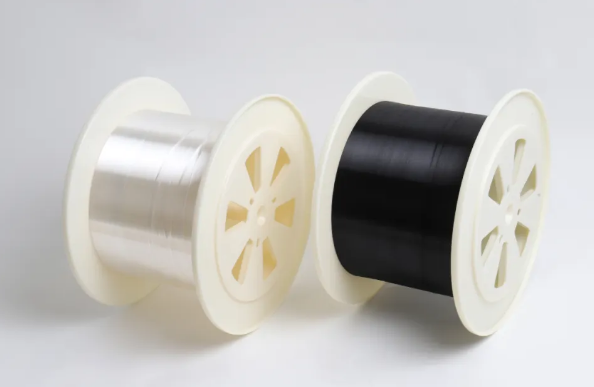How to Choose Interdental Brush Filament Materials? A Guide to Help You Avoid 90% of Purchasing Pitfalls
When it comes to interdental brushes, the filament material is key. The most common options are nylon612, PBT, and hybrid filaments—each with unique strengths.


Nylon612 filaments: Boast good elasticity and affordability, making them ideal for moderate interdental spaces, especially for beginners. Note that they swell slightly when wet, so opt for a slightly smaller brush head.
PBT filaments: Offer strong toughness and durability, with adjustable hardness. Ultra-soft variants are perfect for those with sensitive gums, though they have slightly less elasticity and require extra rinsing after use.
Hybrid filaments: Combine the best of both nylon and polyester, suited for complex oral environments. They come at a higher price point but deliver versatile performance.
3 Steps to Pick the Right Material
1. Check your gum condition: For sensitive, bleeding gums, go for ultra-soft PBT filament. For healthy gums with larger gaps, medium-hard nylon612 filaments works well.
2. Assess interdental space width: Narrow gaps need thin-diameter PBT filaments; wider gaps pair better with medium-coarse nylon612 filaments.
3. Consider usage frequency: For daily, high-frequency use, hybrid or PBT filaments are more durable. Occasional use can rely on cost-effective nylon612 filaments.
Remember: Harder filaments or higher prices don’t equal better quality—the right fit is what counts.
Care tips:
Air-dry nylon612 and hybrid filaments after use.
Soak PBT filaments in warm water weekly.
Replace all interdental brushes every 3 months.






























